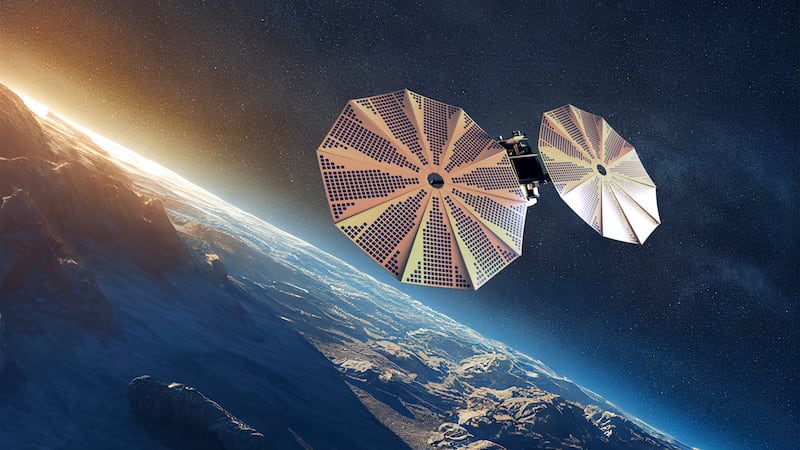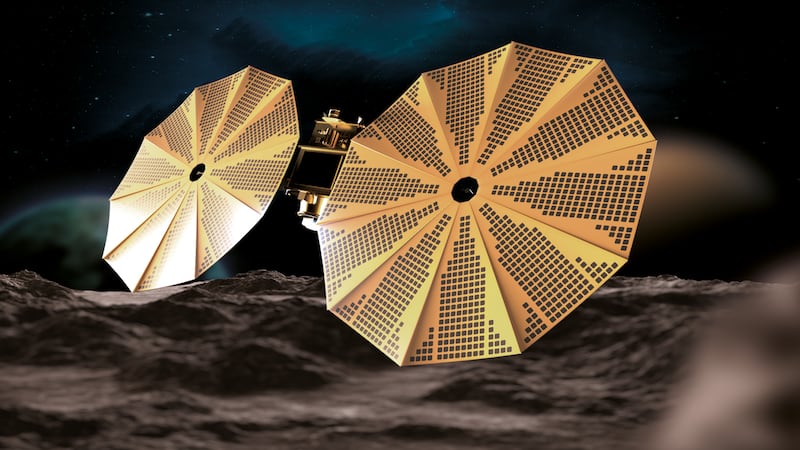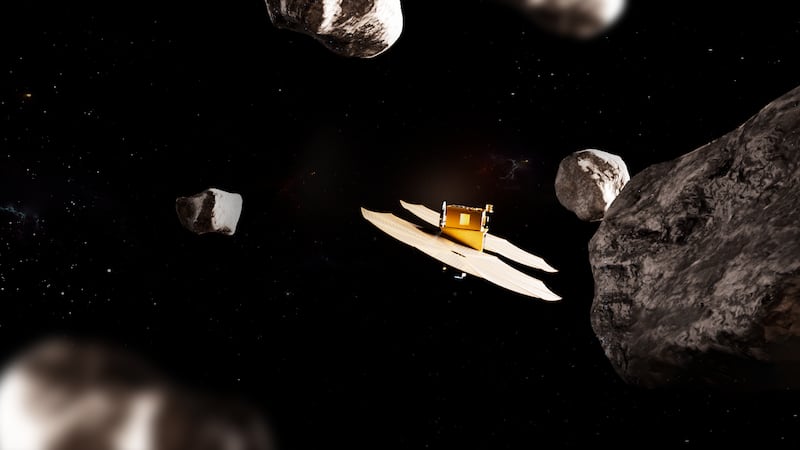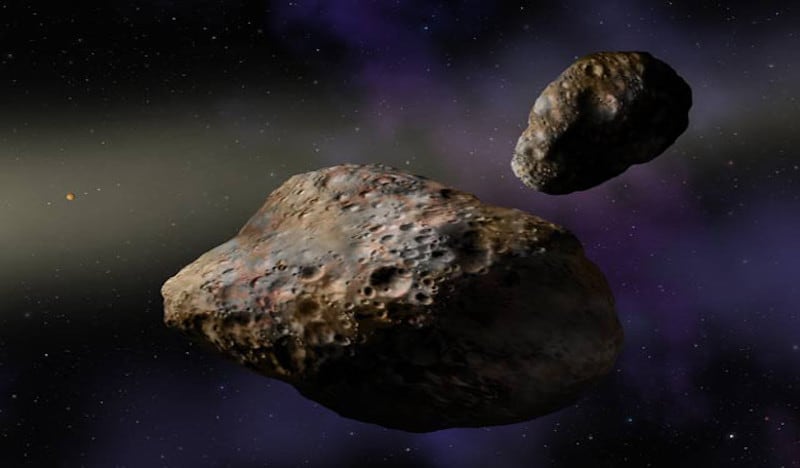A UAE mission to an asteroid belt between Mars and Jupiter is on course after a review to assess its design, safety, risks, budget and schedule.
Engineers and scientists gathered at a three-day event in Abu Dhabi for the preliminary design review.
The mission includes the development of the MBR Explorer, named after Sheikh Mohammed bin Rashid, Vice President and Ruler of Dubai.
The spacecraft, set for launch in 2028, will travel 5 billion kilometres over seven years to explore seven asteroids and attempt to land on the last one.
“The final phase of the mission’s design is more than just a technical step," said Salem Butti Al Qubaisi, director general of the UAE Space Agency.
"It reflects our strategic vision and continuous development to support the achievement of the mission’s scientific goals and enhance our position as pioneers in this vital sector.”
The review helped to confirm the project's feasibility and a readiness to proceed to the next phase of development.
The mission
The celestial bodies the UAE spacecraft will explore are 10253 Westerwald, 623 Chimaera, 13294 Rockox, 88055, 23871, 59980 and a mysterious reddish-coloured asteroid called Justitia.
The MBR Explorer will pass by Venus, Mars and Earth to reach the asteroid belt.
Scientists are fascinated by the asteroid belt because it contains remnants of the solar system and could give clues as to how Earth and other planets were formed.
The mission could also lay the ground for future asteroid resource extraction, with the asteroid belt reportedly containing $700 quintillion worth of minerals such as iron, gold and nickel.
The agency is working with the domestic and international private sector to develop the spacecraft and mission goals.
UAE companies will lead the design of the vehicle that, it is hoped, will land on Justitia by 2034, including space engineering and consultancy firm 971Space and Sadeem Space Solutions.
Justitia is of interest to scientists because of its mysterious appearance. While most asteroids are bluish, this one has a reddish hue, with possible origins from our solar system.
Engineers have been studying the asteroid to help them plan a route.
The observations helped to measure its size, orbit and albedo – how much light is reflected by its surface – with findings to be released at a later date.
Domestic and international universities and space organisations, including Khalifa University, New York University Abu Dhabi, Yahsat and the Italian Space Agency, are joining forces for the mission.
The University of Colorado Boulder is also participating, helping the UAE to develop its Mars mission.









